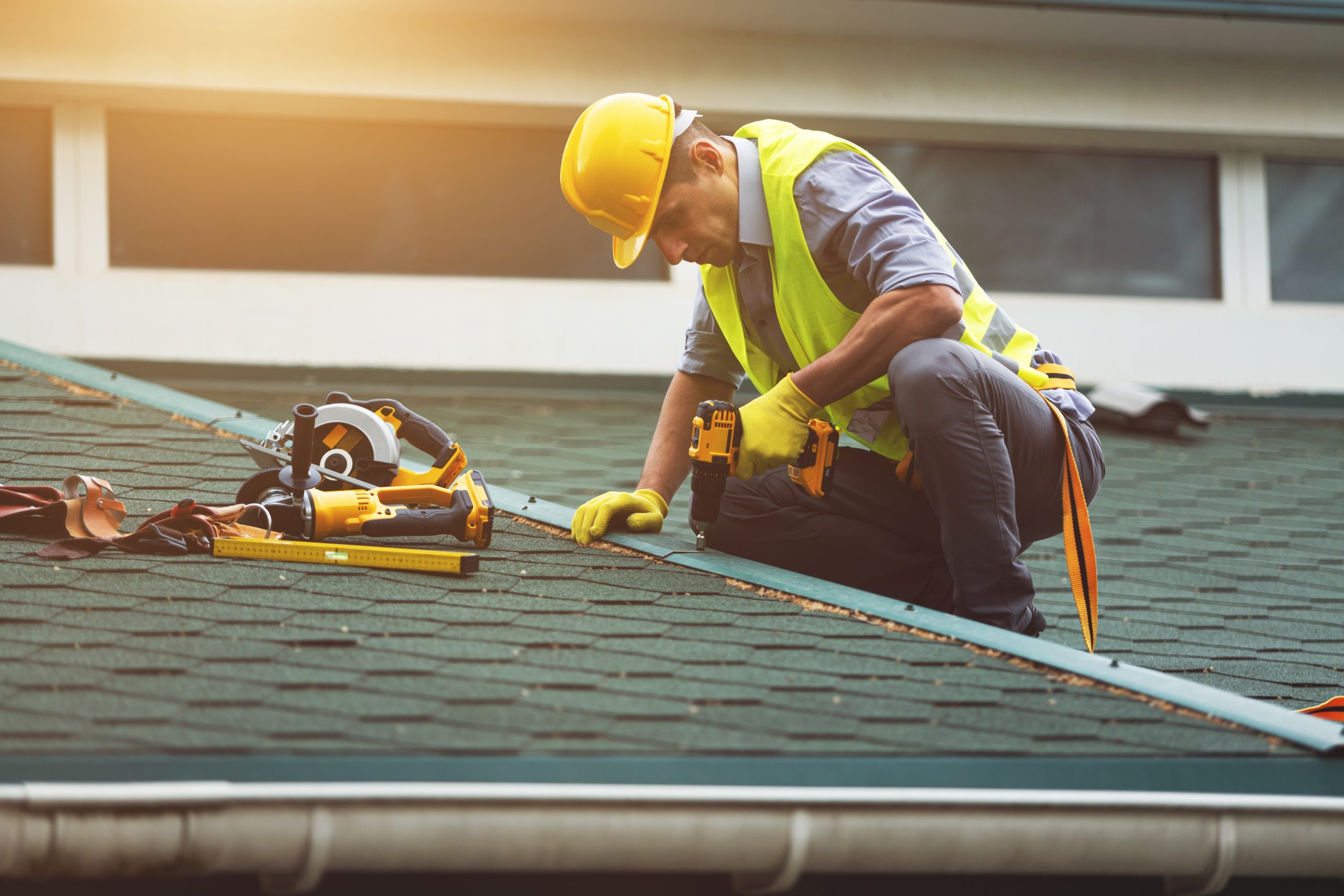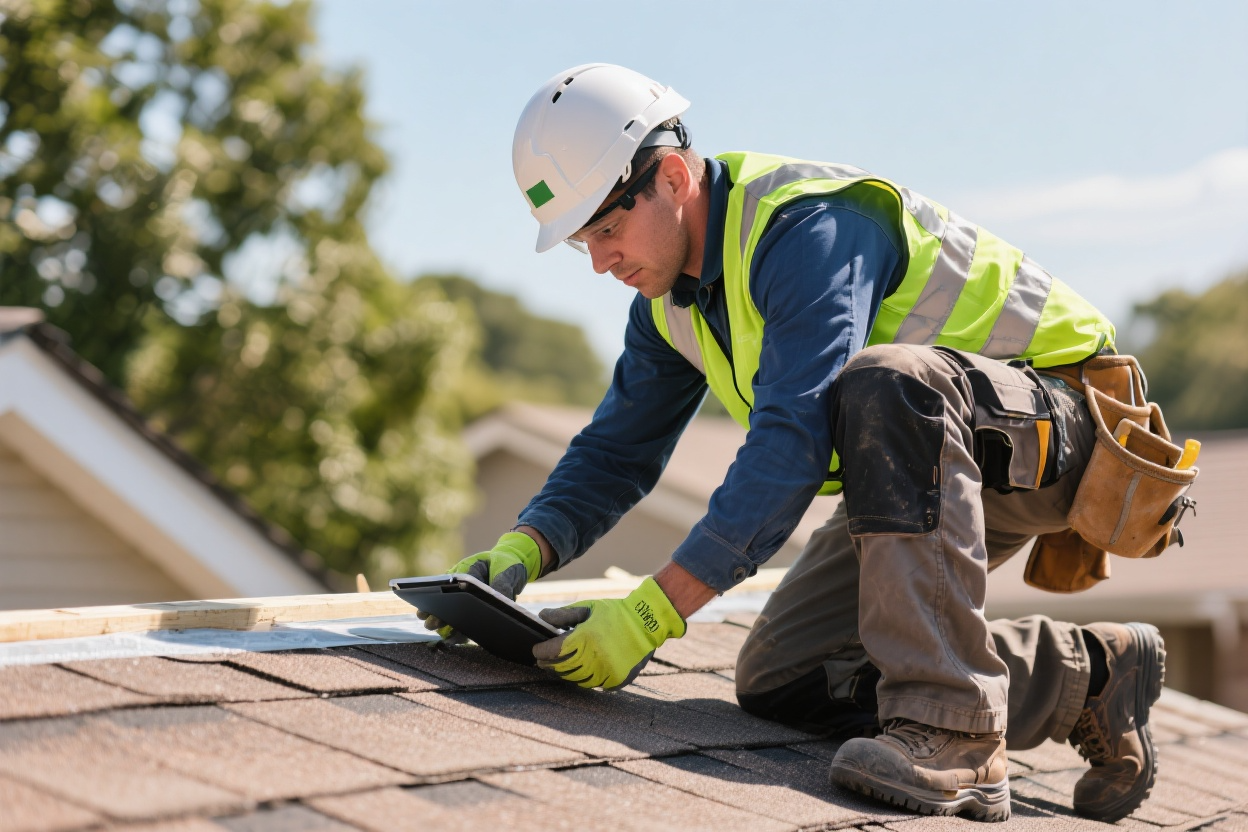Winter is around the corner, and making sure your property is ready for it is a priority for all responsible property owners. Protecting your investment year-round is essential, but the winter months can make maintenance a bit more complicated.
It is even more critical when you have rental properties to take care of and tenants are depending on you to ensure routine maintenance is done before winter.
When preparing your home for cold weather, there is a lot to keep in mind if you are to minimize your risk of property damage.
While there are property management companies who can help you, it can get expensive quickly; especially if you have multiple properties to look after. Assessing your own property may seem like a better option, especially if you are confident in your understanding of your own property—which you should be.
But don’t get ahead of yourself.
You may know where your important equipment is (water heater, furnace, smoke detectors, etc.) and how it ties into the electrical grid, but you don’t do this for a living; getting assistance may be a good idea.
To help minimize risks to your property, and ensure that all winter preparations and repairs are performed, we have compiled “The Ultimate Winter Property Maintenance Checklist.” Using this checklist will help ensure that everything gets done with as little hassle as possible.
1. Inspect the roof and gutters
One of the biggest threats to your roof is a leaky gutter. A leaky gutter can allow water to pool and stagnate. And once a small pool has formed, it can spread in no time—potentially leading to significant damage.
Ensuring that all vegetation is cleared from the gutters is a simple way to avoid stagnating water, but it is also important to keep an eye out for missing shingles that might cause leaks from melting snow. Replace any loose or missing shingles, and make sure that they are sealed properly in order to prevent heat loss.
2. Check the windows and doors
With fall upon us and winter around the corner, you want to make sure that you are keeping as much warm air inside your house as possible. The best way to do this is by insulating your windows and doors. If you notice any condensation on your windows, make sure that their seals are replaced.
Verify that the windows open and close smoothly, and check both your doors and windows for any drafts coming through from the sides or bottom. Draft stoppers are a popular option for doors. The key to preparing for a cozy winter is to keep out the cold and minimize heat loss within the room.
One popular option is foam insulation—it is easy to install and provides both excellent thermal and acoustic insulation. Also, make sure to keep an eye on your weather stripping. Damaged or worn-out stripping won’t perform in the way you want; to maintain a thermal barrier you will need to replace it.
3. Inspect the furnace and chimney
Fireplaces continue to be a cause of a lot of house fires and carbon monoxide poisoning. The high temperature that chimneys are exposed to from the inside, and the cold winds and snowfall that batter them from the outside can cause breakdown to occur.
A chimney that is uncapped, can provide a home for birds, bats, and other critters who like to nest in them during the colder months. A squirrel or raccoon taking up residency in your chimney can cause problems—fortunately, chimney sweeping exists. Chimney sweeping is among the best ways to prevent accidental fires and carbon monoxide poisoning.
Now, while you may be thinking that you can save a few dollars by doing it yourself, we caution you against it. Cleaning a chimney yourself can be dangerous, and rarely effective if performed by someone who does not know what they are doing. Having a professional inspect and clean your furnace and chimney before using it for the winter is the smart move; risking your safety is not worth trying to save a few dollars.
4. Test the smoke detectors and carbon monoxide detectors
Smoke detectors and carbon monoxide detectors should be present in every room of your property. Run a test drill before the winter season to ensure that the detectors are linked together to ensure that all the alarms go off when one detector is activated. This small drill within the house will help family members identify the difference between the smoke detector and the carbon monoxide detector.
Replace the batteries in each detector before the cold season begins. The detectors may not perform correctly if their grille is clogged with dust or dirt; be sure to clean and vacuum each detector’s grille before the start of the winter season.
5. Bleed the radiators
With the cost of energy on the rise, and cold weather on the way, you want to optimize your energy use wherever you can. Bleeding your radiators will ensure not only that they are in proper working order, but also that they are operating efficiently.
Before starting, ensure that all bleed valves have been closed. Bleeding the radiator just after turning on the main heating system is a good idea, it will flush out trapped air and help equalize heat distribution throughout the room.
6. Stock up on salt, sand, and snow shovels
Keeping these items handy will help you maintain an ice-free walkway and driveway during the winter. Make sure to stock up on salt and ice melt to help protect your exterior walls as temperatures become increasingly icy.
7. Insulate pipelines, attics, and crawl spaces
As the temperature dips below freezing in winter, water can turn to ice in the pipes causing them to rupture and cause water damage. Pipe insulators can help by preventing corrosion, leading to leaks and further damage to the pipes.[/vc_column_text][vc_column_text]
Final thoughts
The cold winters can be quite unpredictable, so don’t wait for the first storm before taking action. It is important to be prepared for whatever winter throws at us. With the steps provided in the checklist and with a little preparation, you can be confident that your property is ready to weather the cold and avoid any damage.
If you experience any difficulties while preparing your home for the winter, be sure to contact a professional property management company for assistance. Looking for property management tips? Keep an eye on our resources.






